 Your Mission…
Your Mission…
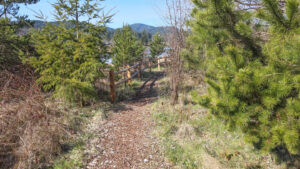
To locate and photograph evidence of saltwater marsh from the trail looking toward the shoreline of Randall Preserve!
Randall Preserve is a seven-acre nature preserve that is conserved by Capitol Land Trust. When land is conserved it means it is protected. The wetlands, streams, plants and animals are all protected, keeping the land in as natural a state as possible so that plants and animals will thrive here forever.
Capitol Land Trust conserved this property as it has important salt marsh and shoreline habitat. Before the land was a preserve it was heavily impacted by past human uses. Capitol Land Trust has done extensive restoration to restore the natural habitats, such as saltwater marsh on the preserve. Many migratory and resident bird species, salmon, otters and other small mammals all use the preserve.
Randall Preserve is located along the eastern shores of Eld Inlet, also known as Mud Bay. You are standing in the most southern point, or the very end of Puget Sound! To read more about the Eld Inlet watershed visit https://southsoundgreen.org/eld-inlet-watershed.
KNOW BEFORE YOU GO:
- This trail is free to visit (no permit required).
- Open dawn to dusk.
- Dogs are allowed but must be kept on a leash.
- No hunting or fishing, boat launching, fires/fireworks, camping or biking.
- No removal of vegetation or mushrooms.
- Stay on designated trails.
- There is no bathroom at this preserve.
- There is space for about 5 cars at the trailhead. Please do not block the gate.
- The approximate trail distance is 560 feet / 0.1 miles. The Interpretive Trail is a flat trail covered in bark mulch. There is a bench at the viewpoint.
![]() Intercity Transit Route 45
Intercity Transit Route 45
Grays Harbor Transit Route 40
Mason County Transit Route 6
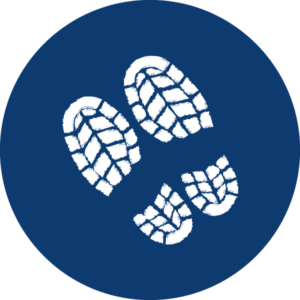 Welcome to Randall Preserve
Welcome to Randall Preserve
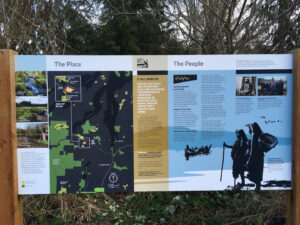
Check out the trail map at the kiosk near the parking lot. Randall Preserve’s Interpretive Trail is a 560-foot loop trail with a spur trail to a water overlook. Start out by walking to the left (south) side of the welcome kiosk to begin the trail.
People of the Water
Do you know who lived here over 10,000 years ago? The descendants of the Squaxin Island people.
Locate the first interpretive sign, which is about the long human history in q’wu?gwɘs, also known as Eld Inlet, in the Lushootseed language of the local Native American people. Historically the descendants of the Squaxin Island people, who refer to themselves as “People of the Water,” traveled by canoe throughout the waterways and inlets of Puget Sound, fishing for salmon and harvesting shellfish. One frequently used route ran from South Sound to the coast of the Pacific Ocean!
To learn more about the native people of this area, visit the Squaxin Island Museum, Library and Research Center located just 12 minutes north at 150 SE Kwuh-Deegs-Altxw, Shelton, WA.
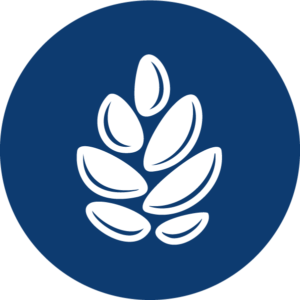 Reclaiming nature
Reclaiming nature
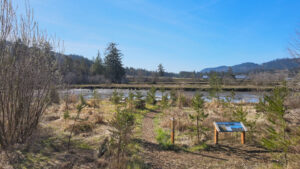
Can you identify areas along the trail where restoration or the planting of trees and other native plants have occurred?
What is environmental or ecological restoration? Environmental restoration is the effort to recover or improve a damaged ecosystem or natural system. This is done by replanting native plants to bring back lost natural habitat so it may function more naturally, as it did before human interference. An ecosystem is about a geographic area where plants, animals, insects and other organisms work together creating a balanced life system. Besides restoring habitat for wildlife, restoration may also restore natural processes like water filtration, flood water storage, and tidal exchange.
Can you find evidence of what used to be here before restoration occurred?
The restoration of Randall Preserve included the removal of 350 tires and chunks of concrete and garbage from the shoreline and removing three buildings and a failing septic system. After this was completed, volunteers helped plant many native trees and shrubs to improve wildlife habitat. Can you tell where the buildings used to be using the maps on the sign?
 Signs of Human Impact: Introduced Plant Species
Signs of Human Impact: Introduced Plant Species
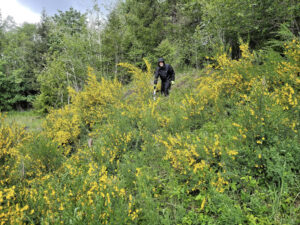
What is mostly green and grows quickly, sometimes with beautiful flowers or seed heads, but is not naturally found here? Non-native, human introduced plants or invasive plants.
How can you tell if land needs environmental restoration? If the land has many non-native plants growing it likely needs help to restore the natural habitat and processes.
Introduced plants like reed canary grass, scotch broom, periwinkle, butterfly bush, Himalayan blackberry and many other species are non-native introduced species that are considered to be invasive, meaning they take over an area.
Usually, these plants are fast growing and spread quickly, displacing native plants. Native plants provide the best food and shelter for animals, such as bees and other pollinators. Without native plants the insects that have naturally evolved as part of the food web would not exist and there would be no food source for migrating birds that depend upon them.
Some plants, like scotch broom and Himalayan blackberry are shade intolerant, meaning they do not thrive in dense shady areas where there is little light. Removing these plants, then planting native trees to provide shade is one way to manage these hard to get rid of introduced plant species.
Learn more about introduced species at https://invasivespecies.wa.gov/.
Continue walking west along the spur trail towards the Viewing Area.
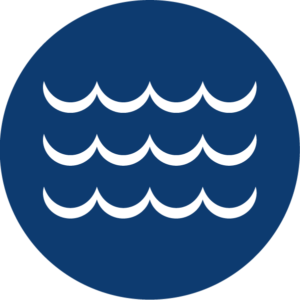 Shorelines
Shorelines
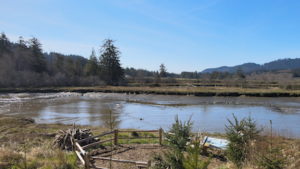
Randall Preserve conserves over 1,000 feet of Eld Inlet’s coastal shoreline and several acres of tidelands. Coastal shorelines are incredibly important as they help filter pollutants, keeping our waters clean, reduce flooding impacts, protect against upland erosion and provide habitat for fish and other wildlife.
Is the tide high or low?
Check out NOAA’s tide site to see if you can determine the height of the tide! For more sleuthing, solve the mission for the Nisqually Reach Nature Center – Part 1 – Tide Prediction and learn more about tides and how to determine tidal height.
When the tide is low, acres of mudflats can be seen. Mudflats are found in coastal bays where the waters energy is low and the tide comes in and out slowly. Silt and mud are deposited in these slow water moving areas by the tides and streams entering the estuaries.
Mudflats may look lifeless, but lots of action happens under the surface where clams, worms, shrimp, and other creatures live and hide at low tide. Above the mud, birds like greater yellowlegs can be seen using their long bills to probe the mudflats for food. When the tide is high, water birds, such as cormorants, can be seen diving for food.
What is that smell? That is the smell of life without oxygen! During low tide mudflats can sometimes smell like rotten eggs. This happens when the saltwater drains off the mudflat and the smelly hydrogen sulfide gas is released by bacteria that live in the mud. Learn more about mudflats by visiting https://www.nps.gov/subjects/oceans/mudflats.htm.
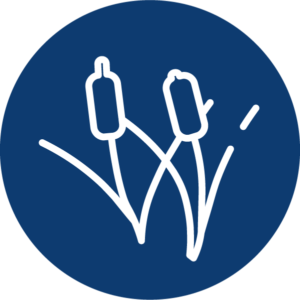 Estuaries, Tidal Wetlands and Salt Marshes
Estuaries, Tidal Wetlands and Salt Marshes
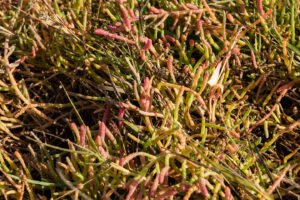
Find the grassy areas along the narrow mudflat inlets, these are called salt marshes. Salt marshes are coastal wetlands found in river estuaries that are frequently flooded and exposed by the changing tides.
Do you know what an estuary is? An estuary is a partially enclosed body of saltwater where the freshwater of streams and rivers mixes with the saltwater from the ocean. These estuary mudflat inlets are a very important nursery habitat for juvenile (baby) salmon. When salmon hatch in the stream they swim down to the salt marsh estuary. The estuary provides abundant food and protection from predators for growing young salmon as they prepare to swim to the larger, deeper ocean.
The plants and grasses growing in the salt marsh are unique as they have well anchored root systems that keep them in place helping to buffer the coastline from extreme flooding and erosion. Salt marsh plants can tolerate varying concentrations of salt from sea water as the tide moves in and out each day.
Want to learn how to identify salt marsh plants? Visit this in-depth, hour-long video on salt marsh plants.
Pickleweed (Salicornia) a saltwater marsh plant, is a succulent plant that is highly tolerant of salt water and can be found in the lower growing region of the salt marsh where it is most frequently flooded by saltwater. Pickleweed is an important food source for small animals and has a long history as a food plant with native peoples.
Remember to take your photo of saltmarsh to complete your mission!
Learn more about salt marshes and common marine plants of Puget Sound!
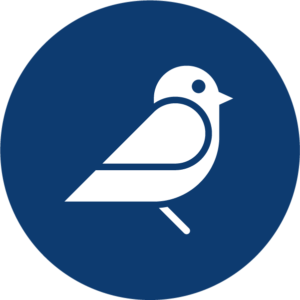 Bird Houses
Bird Houses
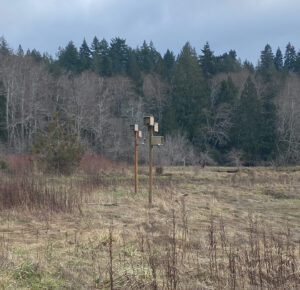
Can you locate the six bird house boxes sitting high on tall poles? These nest box houses were added to Randall Preserve in 2021 to attract the migratory bird called purple martin.
Purple martins are the largest swallow in North America. They naturally nest in cavities or holes in rotting dead trees along the shoreline. Due to loss of habitat, purple martin populations were at risk for extinction. Efforts across the country providing nest boxes have been successful in bringing back these graceful birds. In spring and summer listen for their chirp-like call.
Did you know? There are about 500 bird species on the Washington State checklist! Some birds migrate to Washington during the early spring breeding season and some migrate during the non breeding season in winter.
Walk back down the spur trail and head left to continue your journey around the loop.
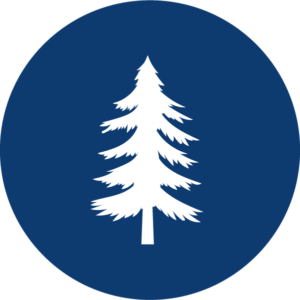 Signs of Restoration: Native Plant Species
Signs of Restoration: Native Plant Species
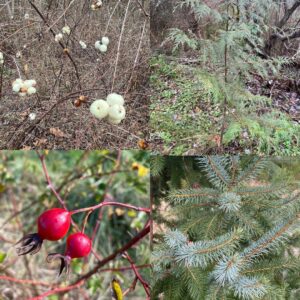
Remember learning about how trees are used to shade out invasive plants? Along the remaining loop, look for young native plants.
Hundreds of native trees and shrubs have been planted to shade out the introduced invasive plant species.
You can help wildlife at home too! By planting native plants in your yard and practicing natural yard care you can help pollinators such as bees and other local wildlife, plus reduce home water use! Native plants once established need less watering than non-native plants and help to slow down winter rain, allowing the water to slowly infiltrate or soak back into the soil. They also help improve water quality as they need less fertilizer and no pesticides. Visit Stream Team’s reference library for more helpful information on native plants and natural lawn care.
Can you identify common native plants such as these along the way?
- Snowberry
- Western red cedar
- Nootka rose
- Sitka spruce Hint: Sitka spruce needles have a blue hue and can be prickly. Touch with care!
Washington has over 2,300 native plant species! Learn more about native plants in Western Washington at https://www.cob.org/wp-content/uploads/native-plants-of-western-wa.pdf or https://www.wnps.org/native-plant-directory.
 Beaver Evidence
Beaver Evidence
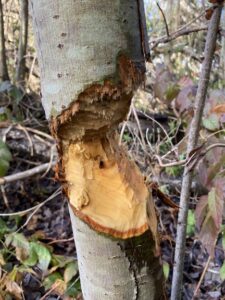
Look to see if you can find evidence of chewed trees. Who has done this? Beaver!
Beavers are a very important part of many ecosystems on the planet creating important habitat for many wildlife, including young salmon.
Beavers like native trees and shrubs too!
Can you find where the beaver have been eating the newly planted trees?
Why do beavers gnaw wood?
- To build dams and lodges for shelter. Beavers build dams to create pools to build their lodges and to protect them from predators. A lodge is where beavers sleep, raise young and hide from predators.
- For food. They like to eat the soft inner bark layer called cambium and they eat the outer tree bark too!
- To shorten their continuously growing teeth! A beaver’s teeth never stop growing so they need to keep gnawing to keep their teeth from getting too long and to keep their teeth sharp for cutting down trees.
Watch these cool beaver videos:
Continue along the trail back to the parking lot.
 Congratulations!
Congratulations!
You’ve just completed the loop around Randall Preserve where you learned about environmental restoration and the plants and animals it supports. Don’t forget to login to the Goose Chase App and submit your photo for this mission to collect your park specific sticker!
